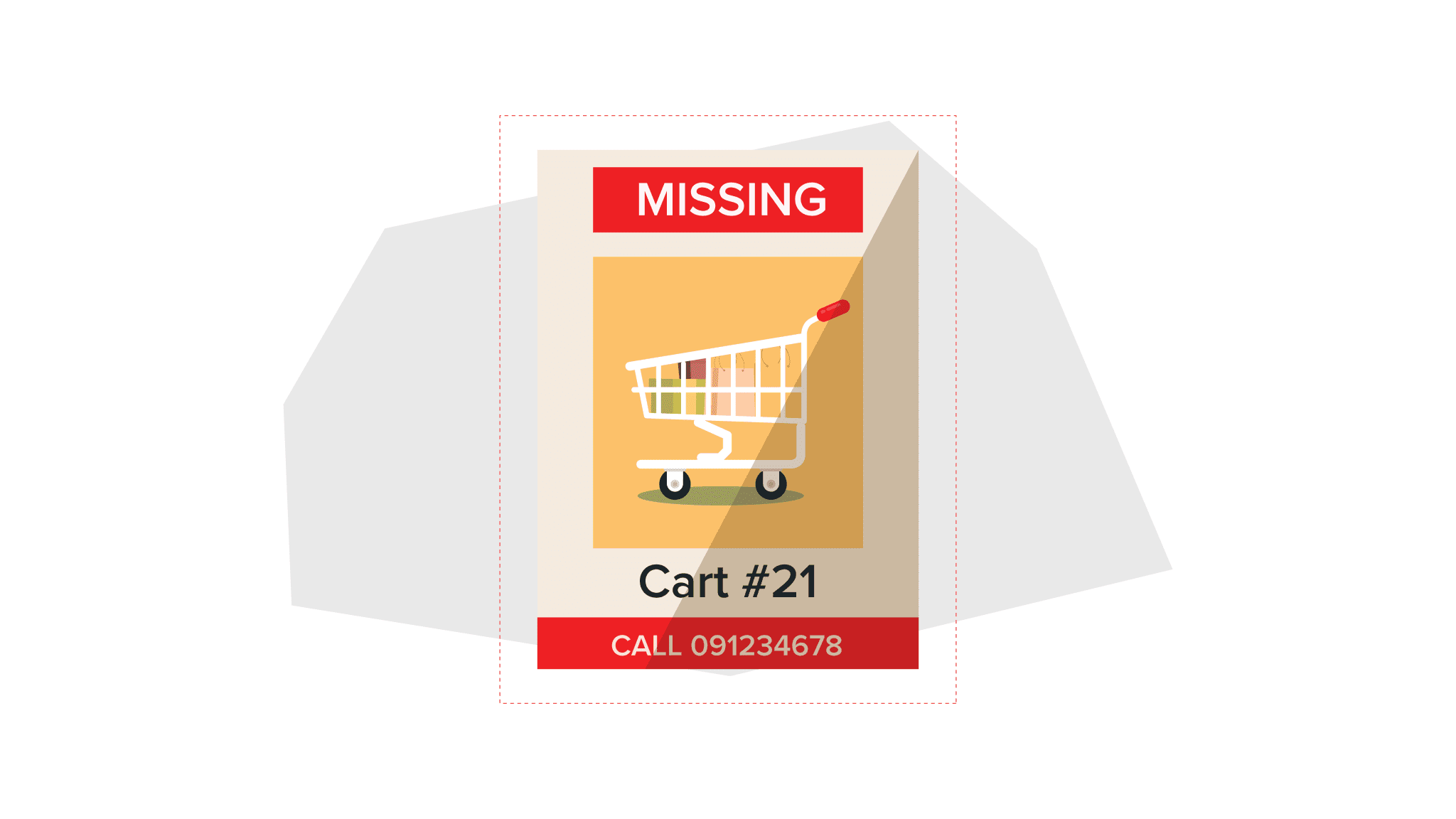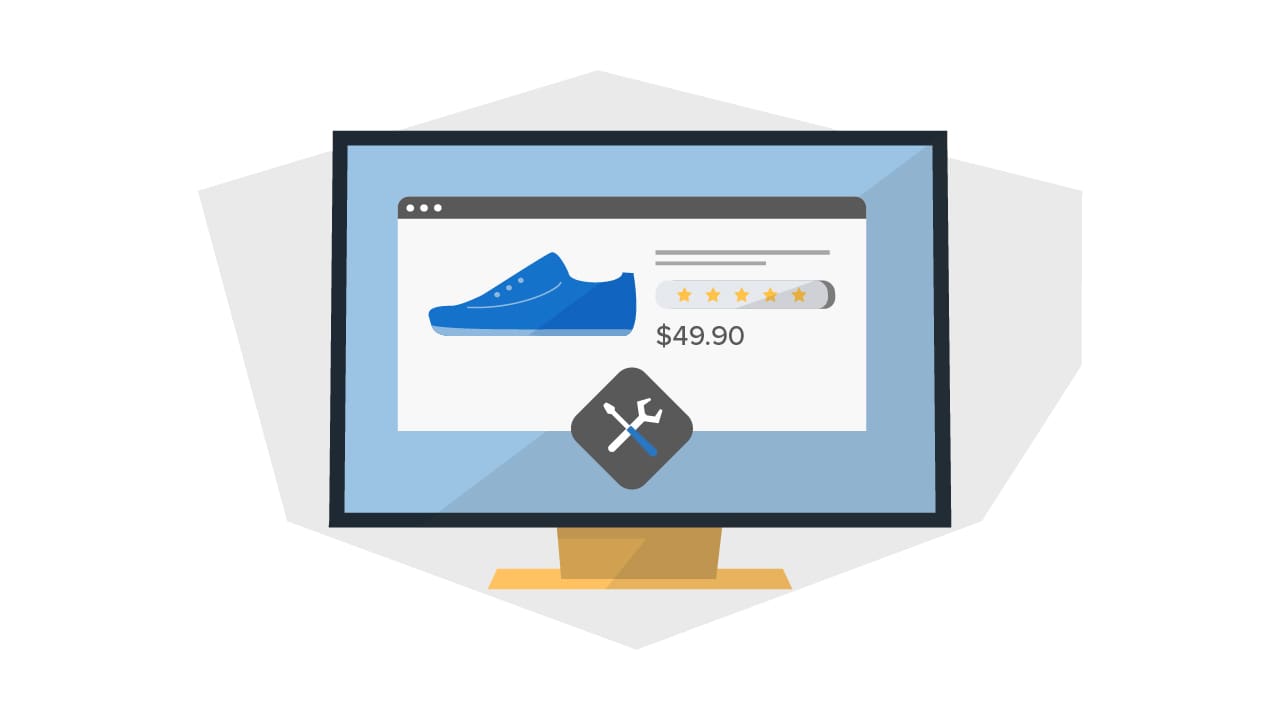It’s no secret advertisements have a special place in Amazon’s ecosystem. They can be found at every major touchpoint of the marketplace, and continue to proliferate as more sellers realize advertising is a necessary part of their marketplace strategy that builds on a strong Amazon listing.
Amazon itself sits on a trove of consumer data, making it the third-largest ad publisher in the U.S., behind Google and Facebook. So, how should you leverage Amazon ads? What do you need to know to use ads responsibly? Keep reading to learn the answers to these questions.
When should you invest in Amazon advertising?
Various circumstances warrant the help of Amazon ads, among them:
- New products – You need a way to earn your first sales and collect product reviews to increase your rankings, plus boost brand awareness.
- Slow-moving stock – You need to increase visibility on your ASIN and liquidate your inventory to make room for newer, more high-demand items.
- Seasonal products – You need to make the most of a particular holiday or season, e.g., selling Christmas ornaments, which generate the most sales in Q4.
- Competitive category – You want to use ads to leapfrog competition on search results pages and/or increase your odds of scoring the “best seller” badge.
How does Amazon PPC work?
Amazon’s pay-per-click (PPC) ads are available to both vendors and marketplace sellers who are enrolled in Amazon’s Brand Registry. They’re currently offered in three formats:
Sponsored Products
This is the most popular ad type. It lets you promote individual ASINs throughout Amazon category pages and product detail pages. Sponsored Product Ads increase weekly views by 54% and weekly sales by 40% on average, according to Amazon.
Sponsored Brands (aka Headline Ads)
This type of ad appears at the top of search result pages, as well as to the left and bottom of search results. They feature your logo and multiple products from your catalog, appealing to customers who may not know exactly what they want to buy, but are open to exploring brands like yours.
Sponsored Display Ads
This is the newest ad type (launched in 2019), and it works very differently from the other two. First, display ads can be found both on and off Amazon. Their primary purpose is to drive shoppers back to the products (or similar products) they were previously considering. The second difference: Sponsored Display Ads can’t be targeted via keywords like the other two — they’re targeted by products or audiences.
As mentioned above, Amazon offers various targeting methods depending on the ad type. These methods include keywords, categories, individual ASINs, and others that can be managed manually or automatically.
The cost-per-click (CPC) of all ads is determined in a second-price auction, where you submit a bid and only pay $0.01 above the second-highest bidder.
4 Tips for running a successful Amazon ad campaign
1) Structure your campaigns strategically
Poorly organized campaigns are among the most costly and inefficient ones. To save yourself the trouble, think of a logical system for structuring your campaigns. As an example, you can create campaigns based on brand or product line.
The goal is to group similar products together and to make sure keywords (or other targeting methods) closely align with your product. For example, “memory foam pillow” and the names of popular brands might go in the same campaign.
This ultimately prevents you from overspending or wasting your ad budget. With well-organized campaigns, you can create clear keyword groups, like ones segmented by competitive terms versus branded terms versus generic terms.
2) Pick highly relevant keywords
Just like Google ads, it’s possible to inadvertently target keywords that are too broad or competitive for you to generate meaningful traffic. However, unlike Google ads, you have the advantage of knowing that anyone who clicks on your Amazon ad already has the intent to buy.
Your main job is to check that your keywords are accurate and descriptive enough to attract the right shoppers. You can leverage various keyword match types (broad, phrase, and exact), as well as negative targeting to block low-converting traffic. Additionally, you can use tools like Semrush or Jungle Scout to discover the competitiveness, popularity, and relevance of different search terms and phrases.
3) Make sure your listings paint the whole picture
Your ads are only as good as your product listings. In other words, just because your products garner more visibility via ads doesn’t mean they’ll start selling themselves; buyers still need a reason to trust and feel confident in your product.
Prior to investing in ads, check that your listings have several high-quality images. Make sure your title includes the right keyword(s), and your bullet points and description are rich with detail so there’s no confusion by the time shoppers reach the end. Use A+ content to spruce up your page and keep buyers engaged — just don’t forget to keep enough inventory in stock to support ad-driven orders.
4) Test both manual and automatic campaigns
Different schools of thought tout solutions for how to manage your campaigns. In general though, manual campaigns offer the most control over your keyword targeting and ad spend.
That said, Teikametrics’ mirrored approach to campaign structure helps you get the best of both worlds. Using this approach, you would run one manual and one automatic campaign simultaneously for one category, objective, or parent ASIN you’re advertising. Everything within those campaigns would look the same, except for the way they’re managed.
For example, you could have an automatic and manual campaign both targeting “memory foam pillow,” linked to your ad group for memory foam pillows.
Your automatic campaign will cast a wide net and help you discover new keywords to add to your manual campaign. Meanwhile, you can use your manual campaign to test more granular control over the bidding to get the most out of that keyword.
Wrapping up — Let Amazon ads take you farther
Amazon ads let you cover more ground on the vast marketplace. Like any form of advertising though, you need a clear strategy to reap the benefits. Heed the above tips to use ads to your advantage without sending your ad spend off the rails.




Leave a comment
This site is protected by hCaptcha and the hCaptcha Privacy Policy and Terms of Service apply.